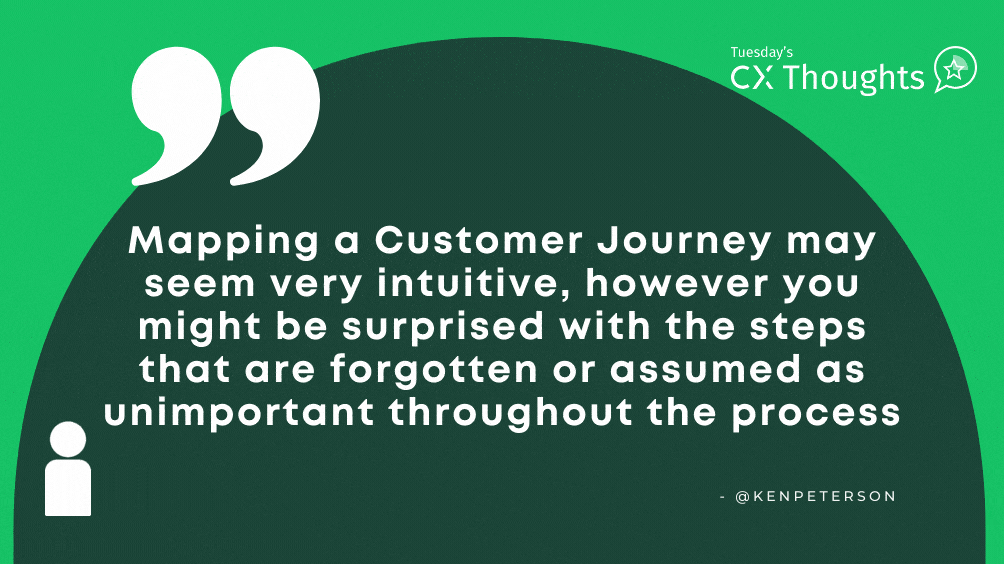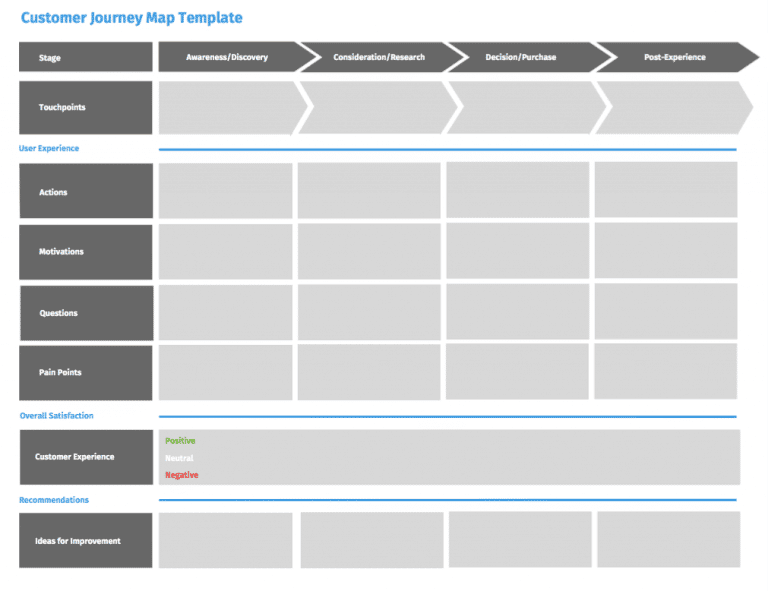
What makes an experience? We’ve all had them, and experiences can be bad or good. Is it the entire vacation or the individual parts? Who is responsible for the vacation experience from beginning to end? The person that booked the trip, each venue that is visited, or is it even more granular and detailed?
If you consider all the potential places where something could go wrong during that vacation, you get an overview of all the customer journey touchpoints involved in making a customer experience. If you have never constructed a customer experience journey map (not to be confused with a purchase process customer journey map), a simple and relatable example would be to create a detailed plan for your next vacation. You may think it is easy: there is travel to the location, overnight accommodations, the venues/attractions you’ll visit, and then the return travel – those are the top-level touchpoints.
LEARN ABOUT: Time to Value
Did you just map your journey? Not even close. Let’s look at just one of these in greater detail: the travel to your destination. That could include perhaps a car service to the airport, taking a flight, and a car service to your overnight accommodations. Now we are done, right? Sorry, we’ll need to dig a little deeper. At the airport, you don’t just take a flight. You arrive at the airport, you’ll check in to your flight (if you haven’t done that already on an app), check-in your baggage, and go through TSA security (we could write an entire customer journey map just based on that alone), perhaps shop or eat, arrive at your gate and then finally board your plane.
But wait…there’s more. I think for our example, we’ve done enough “levels” of the customer journey touchpoints (though you might consider I could probably drill down another one or two levels), but there is still more work to be done.
Now The Mapping Can Begin
For each of the touchpoints, we should conceptualize a Customer Journey Mapping Framework that looks at the individual failure and success criteria for each touchpoint. That will include the following:
- Actions: What is your customer doing? What are the customer’s key actions to move to the next stage? What actions does a person take when they don’t move on?
- Motivations: What drives the customer to proceed to the next stage? What is the goal? Are they trying to solve a problem? What are they feeling?
- Questions: What are the customer’s uncertainties? Are they looking for something specific? Are they confused? Identify which stage customers have the most questions and quickly address them.
- Pain points: What obstacles prevent your customers from moving on to the next stage? Is it the process? Price?
This is usually easier when you are capturing the voice-of-the-customer as part of your process – but sometimes that is also putting the cart before the horse to have a Customer Experience platform before you have your customer experience strategy – like building a customer feedback loop without a customer experience survey.
Customer Journey example
Consider our vacation example; checking in your baggage for the flight has many facets that most of us take for granted. It also has to start long before they get to the airport. How many bags are they allowed to check? What is the weight limit? What will be the cost? What should I carry on instead? Should I use a soft-side or hard-shell bag? (You might not be thinking about that as a business, but your customer is). Moving on to the airport, some of the things to consider are: finding the correct place to check-in, the time it will take to check in, filling out airline luggage tags/documentation, and the level of service provided at the point of check-in. This is just a tiny set of actions, motivation, questions, and potential pain points in one specific touchpoint in the entire customer experience journey. You’ll probably need to start with a simple Customer journey template and expand from there.

Why You Should Map the Experience
Some of this may seem very intuitive to you, but you might be surprised with the steps that are forgotten or assumed as unimportant – and therefore, there is no process to understand if it is a pain point. Further, do you know what the operations team is changing that might impact the experience? Is the digital team making changes to the company app that may fix a portion of the process, yet it might hinder another process? Is everyone in the organization looking at this from both a company and customer perspective?
It could be something very simple in that last question but has a wide range of impact. At QuestionPro, we recently made a small change to a menu to shorten the space on the screen, group like items together and (because we could) make it prettier. It seemed pretty straightforward until we heard from a customer that couldn’t find their menu item because it was in an unfamiliar sub-menu. We looked at it from the company perspective, but this customer pointed out that “if it ain’t broke, don’t fix it.”
LEARN ABOUT: Consumer Decision Journey
This is very much a team effort, with involvement by all departments in mapping the touchpoints, identifying success criteria, and keeping it all up to date. If you think that this will take some significant effort, you are correct. Of course, it will depend on the complexity of your business, but once you have this in your hands, it becomes easier to update moving forward. Then you’ll need to understand the journey by different customer personas, but that is a deeper conversation for another time.
At QuestionPro, we work on what we believe in. Schedule a demo with Ken and discover how to boost customer loyalty and collect valuable consumer insights through our full-service Customer Experience management platform.
Get in touch with us and we’ll help you collect valuable feedback in no time.







